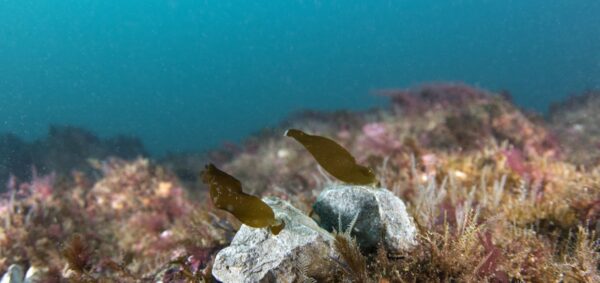Kelp forests are found along 25% of the world’s coastlines, generally in cold and nutrient rich water, in temperate and polar regions. These marine forests play a critical role in balancing the health of the ocean and the planet. They provide food and shelter for many marine species, create complex habitats, and are considered hotspots of biodiversity. Degradation and loss of these submerged forests is happening at an alarming rate with some of the factors being pollution, overexploitation, coastal development, marine heatwaves, and ocean warming.
Of the many global initiatives working to overcome these challenges, the ‘Green Gravel’ technique being developed by Portugal-based Seaforester is particularly interesting. Developed by scientists in Norway and Australia, the Green Gravel methodology is simple: kelp spores are attached to small stones in a laboratory, where they germinate under controlled conditions. After that, the stones are dropped into the sea and, if the conditions are favourable, the small kelp plant that has attached itself to the stone will grow and further attach itself to the substrate, potentially contributing to a healthier kelp forest – or giving rise to a new kelp forest entirely.
Photo from oceanographic magazine (https://oceanographicmagazine.com/features/kelp-restoration-in-portugal/)
Thomas Wernberg, one of Seaforester’s founders, a professor at the University of Western Australia and Researcher at the Institute of Marine Research in Norway, describes ‘Green Gravel’ as “a technique that should be adaptable for use with a variety of kelp species and deployable by community groups, institutions and conservation organisations alike”.
To read the full article in Oceanographic magazine click here.
